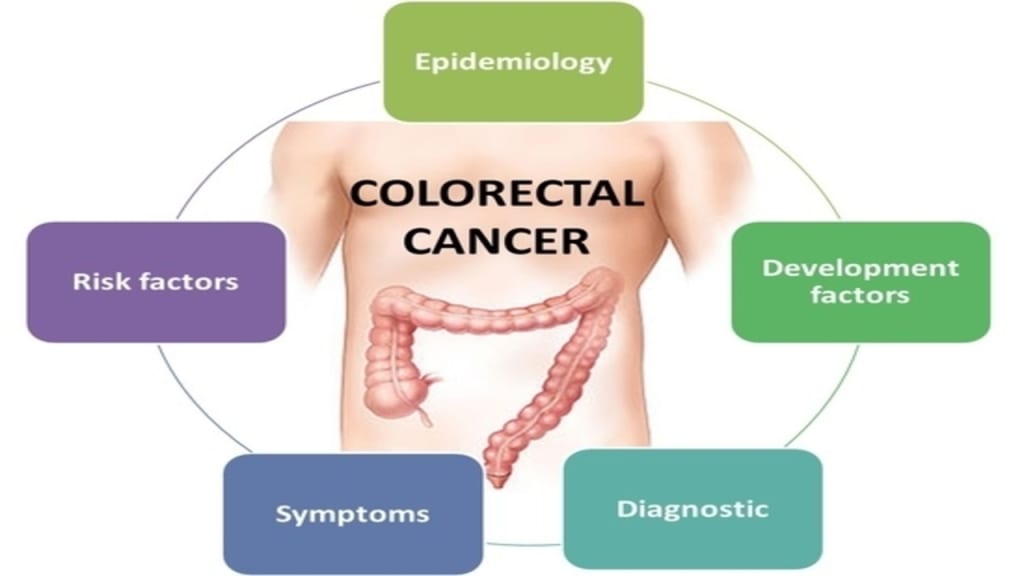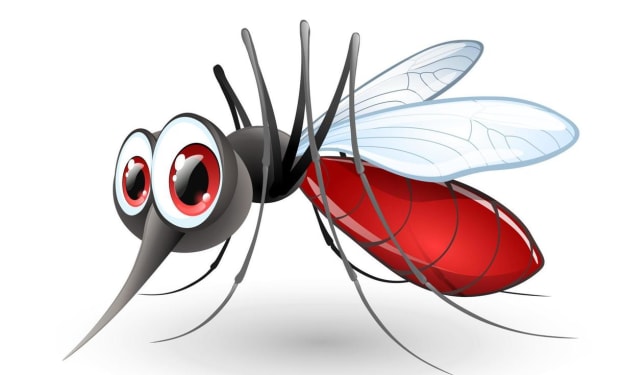Exploring Cancer Causes, Risk Factors, and Treatments
Unveiling the Complexity

Unveiling the Complexity: Exploring Cancer Causes, Risk Factors, and Treatments
Cancer, a multifaceted disease, affects millions of lives globally, emphasizing the need to delve into its causes, risk factors, and treatment options. This article aims to unravel the intricacies of cancer by exploring its diverse etiology, the factors that increase its risk, and the evolving landscape of cancer treatments. By understanding these facets, we can equip individuals with knowledge to minimize risk, promote early detection, and navigate the array of treatment modalities available in the fight against cancer.
1. Genetic Influences: Unraveling the Role of DNA: Genetic factors significantly contribute to cancer development. This section delves into the role of genetic mutations, inherited gene variants, and chromosomal abnormalities that can increase cancer risk. It highlights key genetic syndromes associated with specific cancers, such as BRCA1 and BRCA2 mutations in breast and ovarian cancer, and provides insights into genetic testing and counseling as valuable tools for identifying high-risk individuals.
2. Environmental Exposures: Understanding Carcinogens: Exposure to environmental carcinogens is a significant risk factor for cancer. This section explores common culprits, including tobacco smoke, ultraviolet radiation, occupational hazards, air pollution, and chemical agents. It emphasizes the importance of minimizing exposure and adopting protective measures, while also shedding light on regulatory efforts to reduce environmental carcinogen exposure.
3. Lifestyle Choices: Empowering through Prevention: Unhealthy lifestyle choices contribute to cancer risk. This section examines the impact of factors such as tobacco and alcohol use, poor diet, physical inactivity, obesity, and chronic inflammation. It emphasizes the importance of adopting healthy behaviors, including smoking cessation, moderation in alcohol consumption, balanced nutrition, regular exercise, and stress management, as proactive steps in cancer prevention.
4. Infectious Agents: Unmasking Cancer-Causing Pathogens: Certain infections are linked to specific cancers. This section explores viral infections like human papillomavirus (HPV), hepatitis B and C, and bacterial infections like Helicobacter pylori. It discusses the importance of vaccination, early detection, and appropriate treatment of these infections to reduce cancer risk.
5. Age, Gender, and Hormonal Factors: Unveiling Vulnerabilities: Age, gender, and hormonal factors influence cancer susceptibility. This section explores how age-related changes, gender-specific cancers, and hormonal imbalances can impact cancer risk. It also highlights the importance of age-appropriate cancer screening and personalized treatment approaches based on hormonal profiles.
6. Advancements in Cancer Treatments: A Ray of Hope: This section provides an overview of the evolving landscape of cancer treatments. It explores traditional approaches such as surgery, radiation therapy, and chemotherapy, and highlights advancements in targeted therapies, immunotherapy, and precision medicine. It also discusses the importance of multidisciplinary care, clinical trials, and supportive therapies in improving patient outcomes.
7. Personalized Medicine: Tailoring Treatments: Personalized medicine is revolutionizing cancer treatment. This section delves into the concept of precision medicine, exploring molecular profiling, genomic testing, and the use of biomarkers to guide treatment decisions. It highlights the potential of targeted therapies in improving treatment efficacy and reducing side effects.
8. Integrative Approaches: Nurturing Whole-Person Care: Integrative medicine complements conventional cancer treatments. This section discusses complementary and alternative therapies, including acupuncture, massage, mindfulness, and nutrition, as valuable additions to comprehensive cancer care. It emphasizes the importance of integrating supportive therapies to address the holistic needs of cancer patients.
Conclusion
Understanding the causes, risk factors, and treatment options for cancer empowers individuals to take proactive steps in prevention, early detection, and treatment decisions. Genetic influences, environmental exposures, lifestyle choices, infectious agents, age, gender, hormonal factors, and advancements in cancer treatments all play a crucial role in the complex landscape of cancer. By fostering awareness, promoting healthy behaviors, advancing personalized medicine, and embracing a comprehensive approach to care, we can strive towards better outcomes in the fight against cancer, ultimately improving the lives of those affected by this formidable disease.
About the Creator
imran khalil
In a world where words shape our perceptions, ignite our imaginations, and connect us across time and space, article writers play a crucial role in delivering informative and engaging content. Among these skilled communicators,





Comments
There are no comments for this story
Be the first to respond and start the conversation.